Exeter is the capital city of Devon, located in the South West of England. Although relatively small with about 130,000 inhabitants, Exeter is full of character, has a great cultural scene and a fascinating ancient history. The city has many visitor attractions and places to see, including the popular Quayside and Royal Albert Memorial Museum. It is also home to the magnificent St Peter's Cathedral, which dates back to Norman times. Let’s discover together one of the oldest and most beautiful cities in England with my self-guided walking tour for first-time visitors.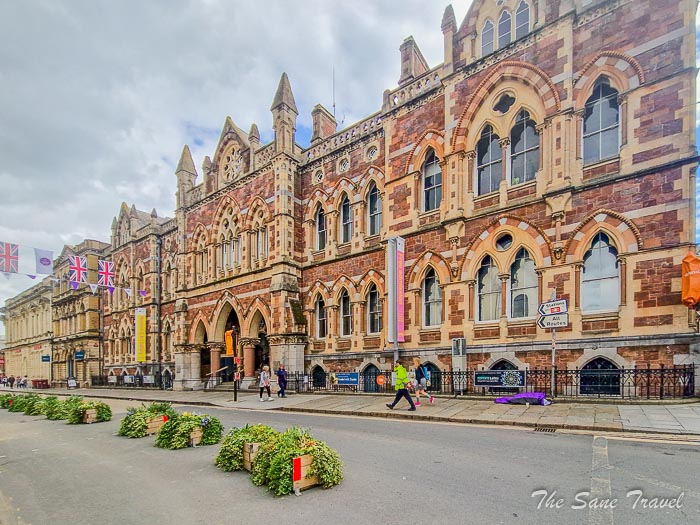
We start from Exeter Central and our first place to visit is the nearby gardens. Northernhay Gate is located just next to the station.
Northernhay and Rougemont Gardens
Northernhay and Rougemont Gardens are two neighbouring gardens surrounding Exeter Castle. Originally laid out in 1612 as a pleasure walk for Exeter residents, Northernhay Gardens are the oldest public open space in England. In 2012, the city celebrated its 400th anniversary.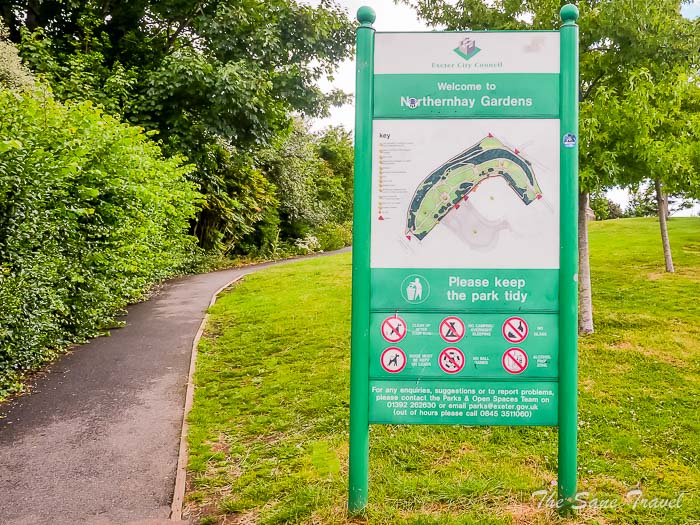 Walk around the gardens discovering the different kinds of colourful flowers and plants.
Walk around the gardens discovering the different kinds of colourful flowers and plants. The two highlights of tree species are the Handkerchief tree and the Paperbark maple. There are two memorials, namely the Volunteer Force Memorial, commemorating the formation of the 1st Rifle Volunteers in 1852, and the Exeter War Memorial, constructed in 1923.
The two highlights of tree species are the Handkerchief tree and the Paperbark maple. There are two memorials, namely the Volunteer Force Memorial, commemorating the formation of the 1st Rifle Volunteers in 1852, and the Exeter War Memorial, constructed in 1923.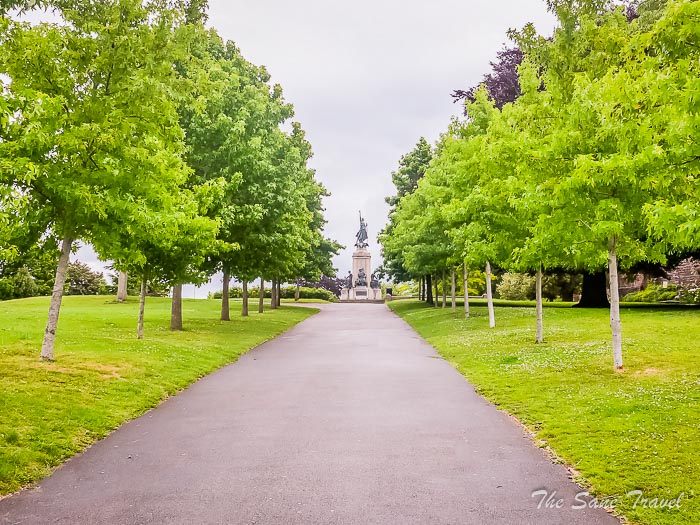
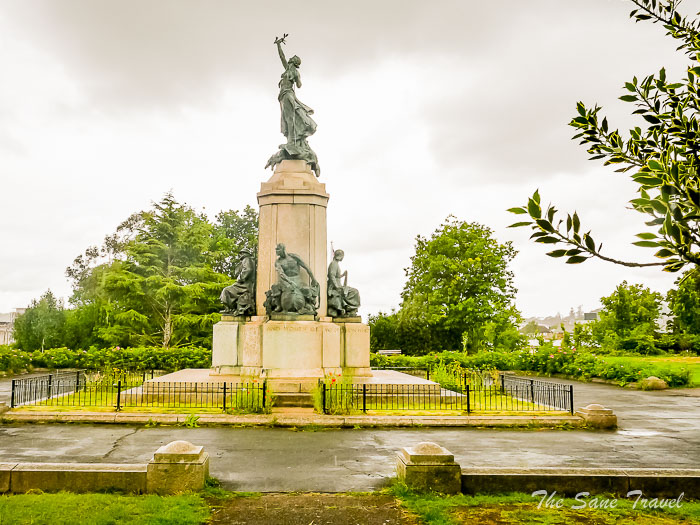 Also, check out many statues in the park.
Also, check out many statues in the park.  The gardens of Rougemont House, an 18th-century mansion built near Rougemont Castle, were added in the early 20th century.
The gardens of Rougemont House, an 18th-century mansion built near Rougemont Castle, were added in the early 20th century. 
 Roman city walls make a wonderful backdrop to the mature trees, including Giant Redwood, shrubs and flowerbeds.
Roman city walls make a wonderful backdrop to the mature trees, including Giant Redwood, shrubs and flowerbeds.
Exeter Castle
The Castle of Exeter stands atop the highest part of the city, within the northeast angle of the city walls. From the reddish colour of the volcanic rock on which it stood, it became known locally as Rougemont Castle. The first building worthy of the name of the castle is recorded to have been built by King Athelstan and is said to have been destroyed by the Danes in 1003. There are now only a few remains of the very early buildings within the walls, with the site being mostly occupied by the former Devon Assize Hall and Sessions House. 
 The castle is now in private hands and its gates were closed at the time of my visit. Surviving walls and towers can also be seen from Northernhay and Rougemont Gardens. Exit from Rougemont Gardens is just behind Royal Albert Memorial Museum & Art Gallery, so turn around the corner and head towards the museum!
The castle is now in private hands and its gates were closed at the time of my visit. Surviving walls and towers can also be seen from Northernhay and Rougemont Gardens. Exit from Rougemont Gardens is just behind Royal Albert Memorial Museum & Art Gallery, so turn around the corner and head towards the museum!
Royal Albert Memorial Museum & Art Gallery
This museum was established in 1868. Recently, the museum underwent a huge redevelopment and was reopened in 2012 with a fresh new look and layout.  Upon entering the building, visitors are greeted by a grand staircase with a statue of Prince Albert as its focus.
Upon entering the building, visitors are greeted by a grand staircase with a statue of Prince Albert as its focus.  Its 16 galleries of displays take visitors on a voyage of discovery from pre-history to the present day and from Exeter to all around the world. The museum features exhibits related to costume and textiles, fine art, coins and medals, natural sciences, archaeology, decorative and applied art, and world cultures.
Its 16 galleries of displays take visitors on a voyage of discovery from pre-history to the present day and from Exeter to all around the world. The museum features exhibits related to costume and textiles, fine art, coins and medals, natural sciences, archaeology, decorative and applied art, and world cultures. 
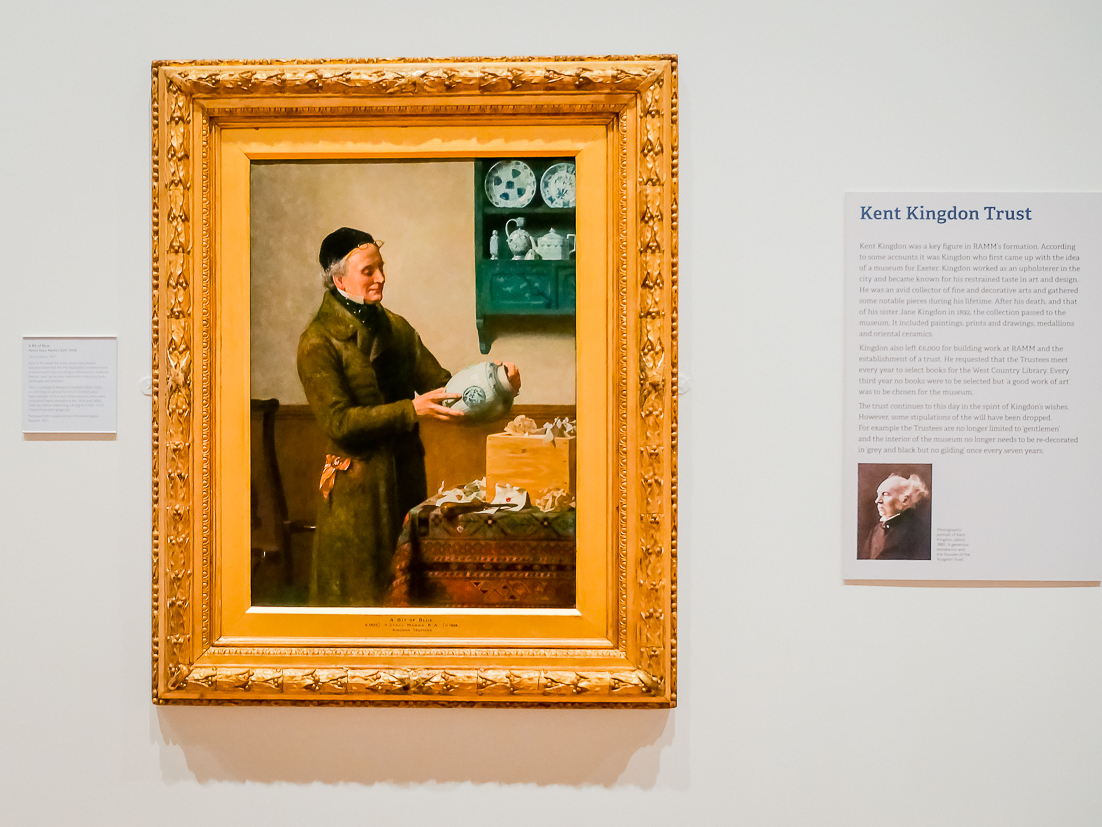 Explaining where an object comes from, who collected it and why, can raise difficult questions. The splendid Victorian building has full wheelchair access. The museum features a shop and cafe and is open Tuesdays through Sundays. Allocate at least 1.5 hours for your visit. Admission is free.
Explaining where an object comes from, who collected it and why, can raise difficult questions. The splendid Victorian building has full wheelchair access. The museum features a shop and cafe and is open Tuesdays through Sundays. Allocate at least 1.5 hours for your visit. Admission is free.
Address: Queen St EX4 3RX
Then continue your walk to nearby St Pancras Church.
St Pancras Church
Situated within the old ‘British quarter’ of the city that lay behind Exeter’s medieval Guildhall, the Church of St Pancras stands possibly on one of the most ancient Christian sites in Britain. Most of the present building is 13th-century work, with the restoration being done at the end of the 19th century. 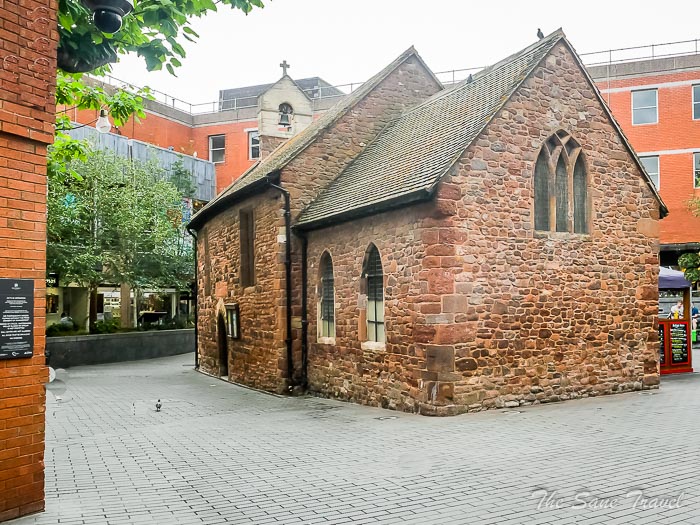 St Pancras Church is simple, consisting of a small nave, chancel and bellcote over the west gable.
St Pancras Church is simple, consisting of a small nave, chancel and bellcote over the west gable. The oldest feature is the 12th-century font, decorated with beaded carving. The polygonal pulpit is Jacobean, decorated with carved foliage panels. The church has no tower, but there is a small bell-turret at the west end. St Pancras is now part of the Small Pilgrim Places Network.
The oldest feature is the 12th-century font, decorated with beaded carving. The polygonal pulpit is Jacobean, decorated with carved foliage panels. The church has no tower, but there is a small bell-turret at the west end. St Pancras is now part of the Small Pilgrim Places Network.
Address: Guildhall Shopping Precinct, High St EX4 3HP
Your next stop is nearby Guildhall.
Guildhall
Exeter Guildhall on the High Street is said to be the "oldest municipal building in England still in use“ as it has served as the centrepiece of Exeter's civic life for more than 800 years and still is used for meetings and official receptions. A Guildhall has existed on this site since about 1160, but the current building dates back to the late 15th century.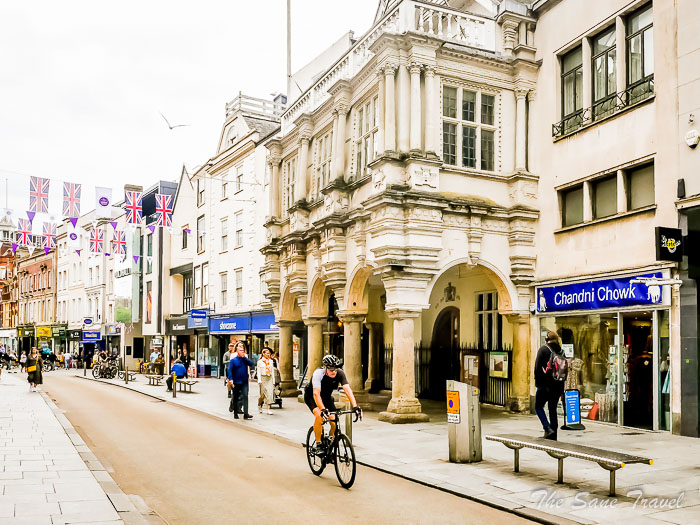 The Victorian interior is lavish with wooden panelling, large classical paintings and chandeliers.
The Victorian interior is lavish with wooden panelling, large classical paintings and chandeliers. 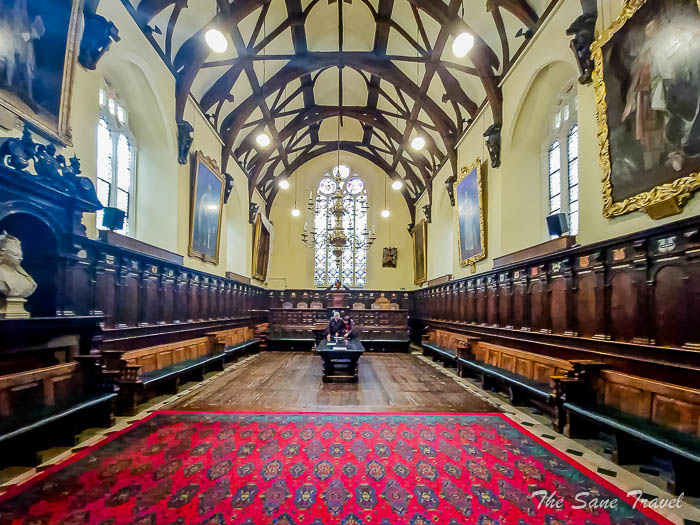
 The panels depict the coats of arms of the guilds, as well as past mayors and benefactors. One of the newest additions is the bust of Queen Victoria, added at the end of the 19th century.
The panels depict the coats of arms of the guilds, as well as past mayors and benefactors. One of the newest additions is the bust of Queen Victoria, added at the end of the 19th century. 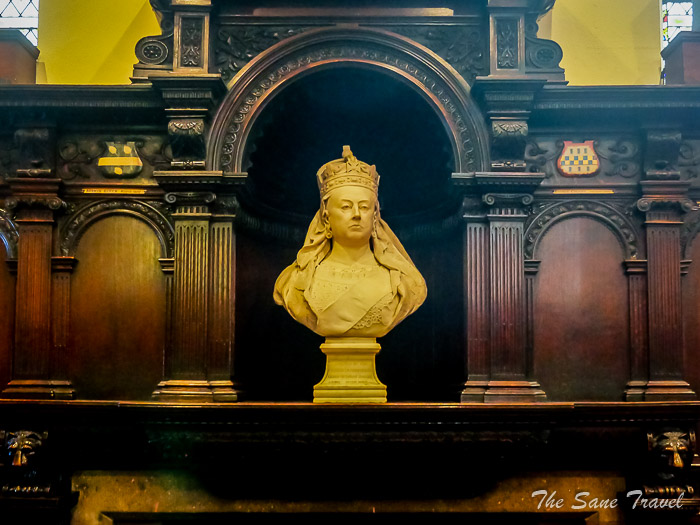 The ornate Mayor's chair is from the end of the 17th century, though it has been heavily restored since then.
The ornate Mayor's chair is from the end of the 17th century, though it has been heavily restored since then.
Beneath the council chamber is a cellar that was once a prison. The women's prison was constructed at the back of the building on the ground floor in the 16th century. It was in use until as late as 1887!
Address: 203 High Street EX4 3EB
Now you are ready to visit the splendid Exeter Cathedral.
Exeter Cathedral
Exeter Cathedral is one of the oldest and most beautiful cathedrals in England. The construction of a cathedral in Exeter on this site began in 1114. The present building was complete by about 1400. The imposing towers of today’s cathedral date from the early 12th century.  The cathedral is the jewel in the heritage crown of the county of Devon, as well as the seat of the Bishop and the Mother Church of the Diocese. The building itself is a remarkable feat of engineering, design and craftsmanship. It has the longest stretch of unbroken Gothic vaulting in the world, stunning stained glass windows and an intricately carved image screen on the West Front.
The cathedral is the jewel in the heritage crown of the county of Devon, as well as the seat of the Bishop and the Mother Church of the Diocese. The building itself is a remarkable feat of engineering, design and craftsmanship. It has the longest stretch of unbroken Gothic vaulting in the world, stunning stained glass windows and an intricately carved image screen on the West Front. 


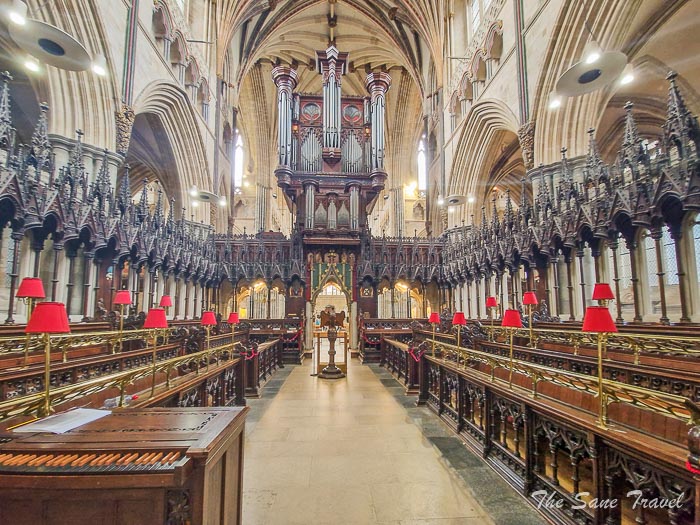
 The cathedral has a rich heritage as a place of prayer and pilgrimage. Allocate at least one hour for your visit.
The cathedral has a rich heritage as a place of prayer and pilgrimage. Allocate at least one hour for your visit.
Address: 1 The Cloisters EX1 1HS
Then follow your tour to the House That Moved.
The House That Moved
An eye-catching Tudor building in Exeter has one of the most bizarre stories of survival in architectural history. The House That Moved, also known as the Merchant House, was erected in the early 15th century at No 16 Edmund Street. The house faced a problem in 1961 as the city had to build a road through the spot it was built on. Being too good to be demolished, the house was moved to another location using iron rails. Although many years have passed since the building was first erected, it still stands and is home to bridal shop Pirouette.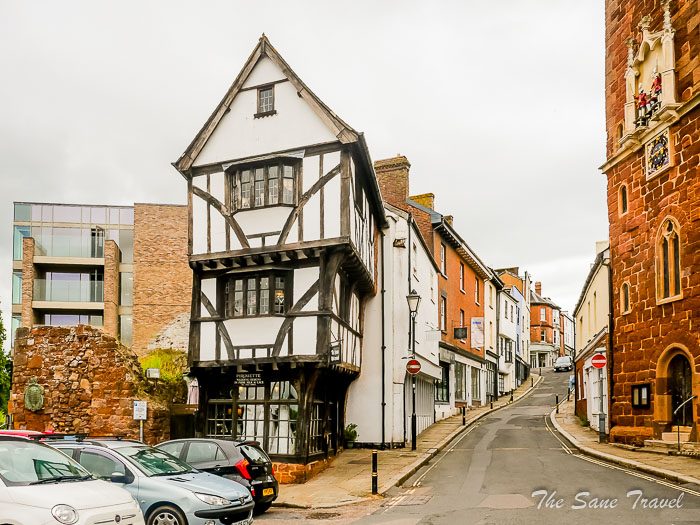
Address: 24 West St EX1 1BA
Book Cycle
This free bookshop is located in one of the picturesque Tudor buildings on West Street, just across the street from the House That Moved. It was set up by a charity in May 2007. It’s the place where people drop off the old books they no longer want. Customers then come in and decide how much they want to pay for each item. Each person is limited to a maximum of three books per day. The selection inside the gorgeous15th-century building is enormous, from classics to fiction, biographies to history, foreign literature to esoteric.
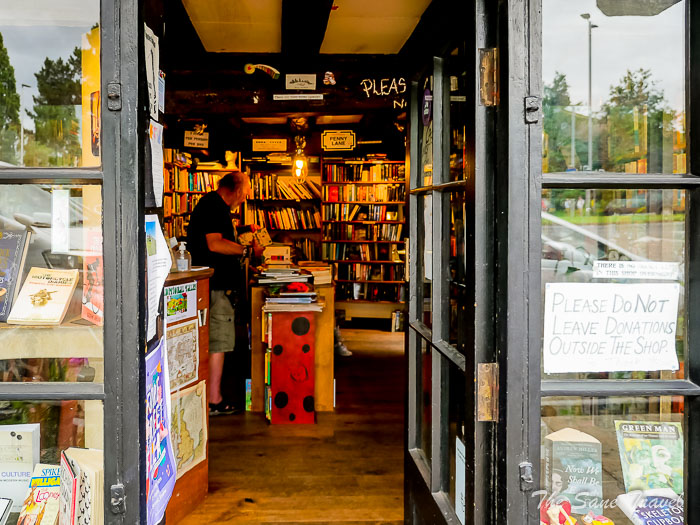

Address: 7 West St EX1 1BB
Now you are close to the Custom House Visitor Centre. Let’s go!
Custom House Visitor Centre
The Custom House Visitor Centre is located on Exeter's historic quayside and occupies a historic building on the waterfront.  The information available there is primarily focused on the Quayside, the River Exe and the Historic Ship Canal. The centre stocks information on where to visit, activities and events in the local area, as well as interesting souvenirs of Exeter. Throughout the year, the Custom House hosts a variety of arts and cultural events and activities, including temporary exhibitions. The Custom House is also the starting point for a free ‘Exeter Historic Quay’ tour by Exeter’s Red Coat Guides.
The information available there is primarily focused on the Quayside, the River Exe and the Historic Ship Canal. The centre stocks information on where to visit, activities and events in the local area, as well as interesting souvenirs of Exeter. Throughout the year, the Custom House hosts a variety of arts and cultural events and activities, including temporary exhibitions. The Custom House is also the starting point for a free ‘Exeter Historic Quay’ tour by Exeter’s Red Coat Guides.
Exe River and Exeter Ship Canal walk
From Custom House Visitor Centre, take a half an hour walk along the River Exe and Exeter Ship Canal. First, follow the River Exe bank until the Trews Weir Suspension Bridge.

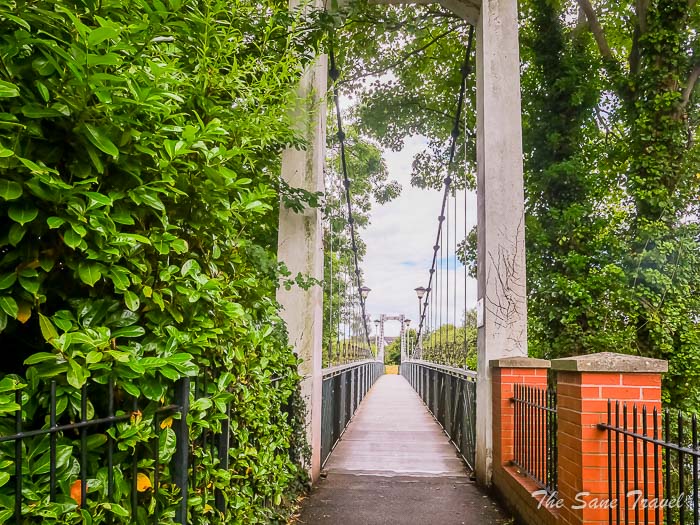 After crossing the bridge, make your way back along the Exeter Ship Canal.
After crossing the bridge, make your way back along the Exeter Ship Canal. 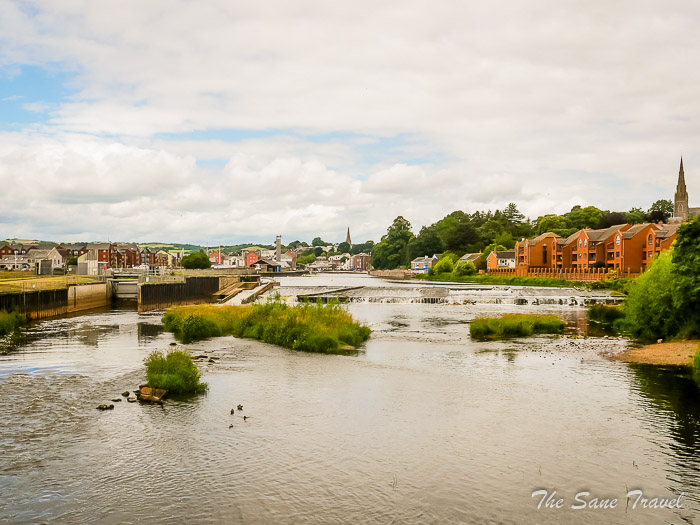

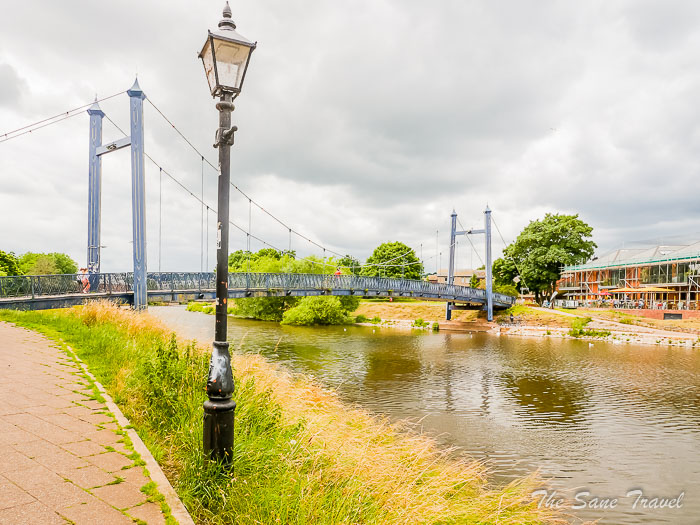 The Exeter Ship Canal runs for 8 kilometres (5 miles) from Exeter Canal Basin to Turf Lock on the River Exe. The Exeter Ship Canal first opened to shipping in 1566 and was the first canal to be built in Britain since Roman times. It was built to bypass the weirs on the River Exe. The canal boasts two locks. At the Custom House Visitor Centre, the tour ends.
The Exeter Ship Canal runs for 8 kilometres (5 miles) from Exeter Canal Basin to Turf Lock on the River Exe. The Exeter Ship Canal first opened to shipping in 1566 and was the first canal to be built in Britain since Roman times. It was built to bypass the weirs on the River Exe. The canal boasts two locks. At the Custom House Visitor Centre, the tour ends.  If you are heading back to Exeter Central, it’s about 1.1 kilometre (0.7 miles) away.
If you are heading back to Exeter Central, it’s about 1.1 kilometre (0.7 miles) away.
Where to stay? I recommend the City Gate Hotel.
City Gate Hotel
The City Gate is located in the centre of Exeter with a traditional pub, dining room and garden surrounded by the historic city wall.  With 20 individually designed bedrooms, a stylish bar and a garden, it’s a great place to stay for your Exeter exploration. I especially liked their welcome drink in the room, coffee machine, availability of glasses and other tableware, and sockets for charging your devices next to the bed.
With 20 individually designed bedrooms, a stylish bar and a garden, it’s a great place to stay for your Exeter exploration. I especially liked their welcome drink in the room, coffee machine, availability of glasses and other tableware, and sockets for charging your devices next to the bed.

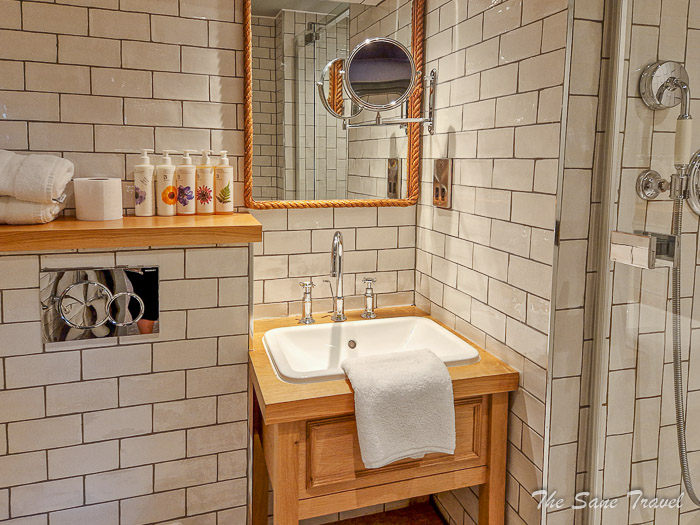

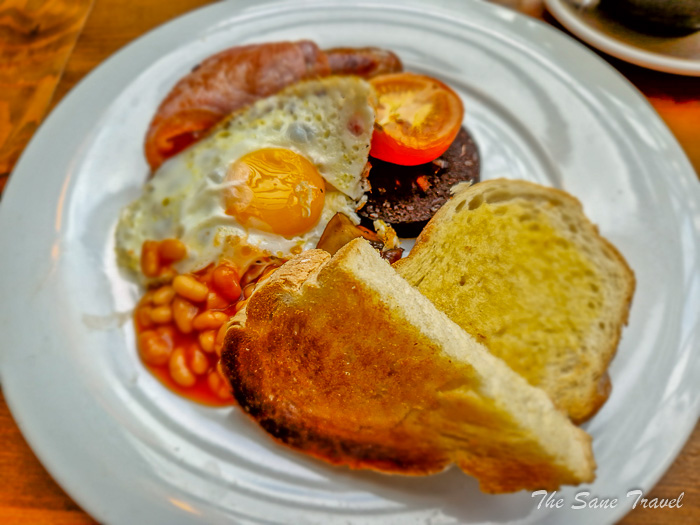 Address: Iron Bridge, North St EX4 3EA
Address: Iron Bridge, North St EX4 3EA
Practical information
For an unknown reason, Google did not allow me to make a map the way I wanted, so when reaching the Trews Weir Suspension Bridge, cross the river and make your way back to the Custom House Visitor Centre along the Exeter ship canal. The total walking distance of the tour is 6 kilometres or 3.7 miles.
If you want to start and finish at the same place, add 1.1 kilometres or 0.7 miles to get back to Exeter Central. Your tour will probably take about a day to complete because of the time needed for visiting the museum and cathedral and other shorter stops. Don’t forget to plan time for lunch too. Have a lovely tour!
Like it? Pin it!
What did you think? Have you visited Exeter? I’d love to hear from you so please add your comment below.
Author: Anita Sane

About the author
Anita is a part-time traveller, passionate photographer and a retired career woman from Latvia, travelling mostly solo for more than 15 years. She is a skilled travel planner who plans and executes her travels by herself. Anita wants to show you how to travel the world and open your mind to new experiences. Follow her on Facebook, Instagram, Pinterest, Twitter and Bloglovin.

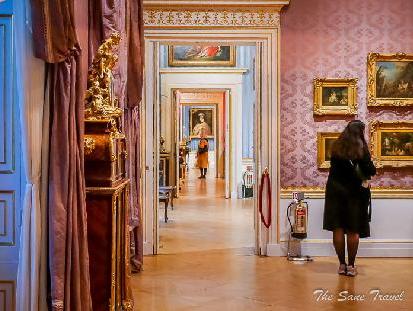
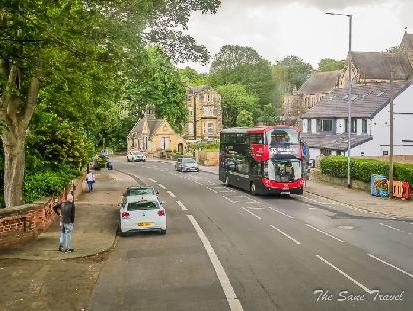



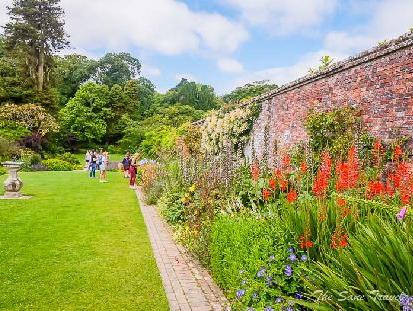



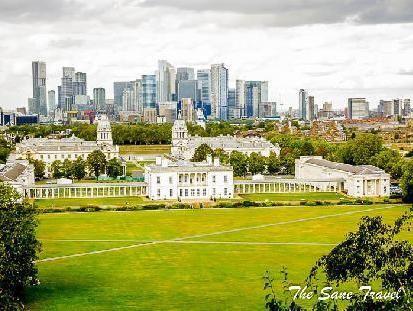


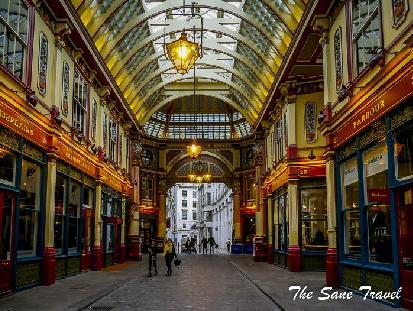
Report
My comments